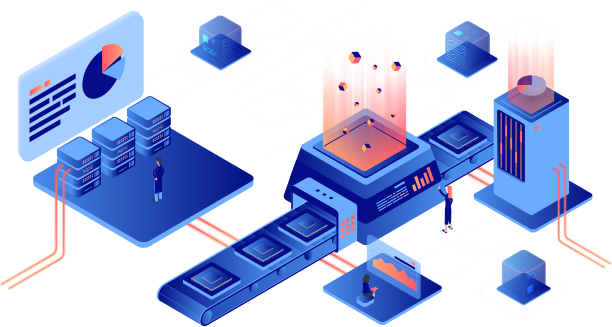Data annotation is a process to locate, identify, or label the entities in text data for online data processing web services. This may include in-line marks (i.e., tags), using spatiotemporal descriptors, or external annotation files in XML format with line. It helps sort the data into sensible data sets.
Why is Data Annotation a Necessary Process?
Data annotation is the process of adding labels or tags to data. This helps to organize and structure data, making it easier to search for and access. Annotated data is also more reliable and accurate, as it can be verified and checked for errors.
Data annotation is a crucial part of working with data and is used in a variety of fields such as machine learning, natural language processing, and image recognition. Without data annotation, it would be difficult to make sense of large amounts of data.
There are many different ways to annotate data, and the method used will depend on the type of data and the purpose of the annotation. For example, textual data can be annotated with labels such as parts of speech or named entities. Images can be annotated with bounding boxes or pixel-level labels.
Data annotation is a time-consuming process, but it is essential for working with large datasets. Hiring a professional data annotation service can help to speed up the process and ensure high-quality annotations.
What’s the Difference Between Data Cleaning and Data Annotation?
When it comes to working with data, there are a lot of different terms and processes that can be used. Two such processes are data cleaning and data annotation. While these two processes may sound similar, they are actually quite different.
Data cleaning is the process of identifying and correcting inaccuracies and inconsistencies in data. This can be done manually or through automated means. Data annotation, on the other hand, is the process of adding labels or tags to data in order to better organize and categorize it. This can be used to improve searchability or to add additional context to the data.
So, what’s the difference between data cleaning and data annotation? Data cleaning is focused on correcting errors, while data annotation is focused on adding structure and meaning to data. Both processes can be used to improve the quality of data, but they serve different purposes.
How Does Data Annotation Work?
Data annotation services help improve the accuracy of data by adding labels and important information. This process is also known as data enrichment. By using data annotation, businesses can make sure that their data is more accurate and easier to use. Data annotation can be done manually or through automated software.
Who provides these services?
There are many companies that provide data annotation services. Some of the more well-known providers include Amazon Mechanical Turk, CloudFactory, and Scale. These companies all have different ways of handling data annotation projects. Amazon Mechanical Turk is a marketplace for workers to complete tasks called “HITS” (Human Intelligence Tasks). These HITS can be anything from transcribing audio files to identifying objects in images. CloudFactory provides a managed service for data annotation projects. They have a network of over 100,000 workers in developing countries who complete tasks for clients. Scale is a platform that helps companies automate their data annotation projects. They have a team of expert annotators who create high-quality training data for machine learning models.
What Are the Benefits of Data Annotation?
When it comes to data collection and analysis, one of the most important things you can do is ensure that your data is accurate and reliable. This is where data annotation comes in. Data annotation is the process of adding information to your data set in order to improve its quality. This can include things like adding labels to identify different types of data, adding comments to explain why certain data points are important, or even simply cleaning up inaccuracies.
There are many benefits to using data annotation services. First, it can help improve the quality of your data set. This, in turn, can lead to more reliable and accurate results from your analysis. Additionally, data annotation can help save time in the long run by making it easier to find and use the most relevant data points. Finally, well-annotated data sets can be used as training data for machine learning algorithms, which can further improve the accuracy of your results.
Conclusion
Data annotation services are a type of service that helps companies process and understand their data. By labeling data, businesses can train machine learning models to perform better and make more informed decisions. Data annotation services can be used for a variety of tasks, such as image recognition, video classification, and even medical image analysis. If your company deals with large amounts of data, consider investing in a data annotation service to help you make sense of it all.
